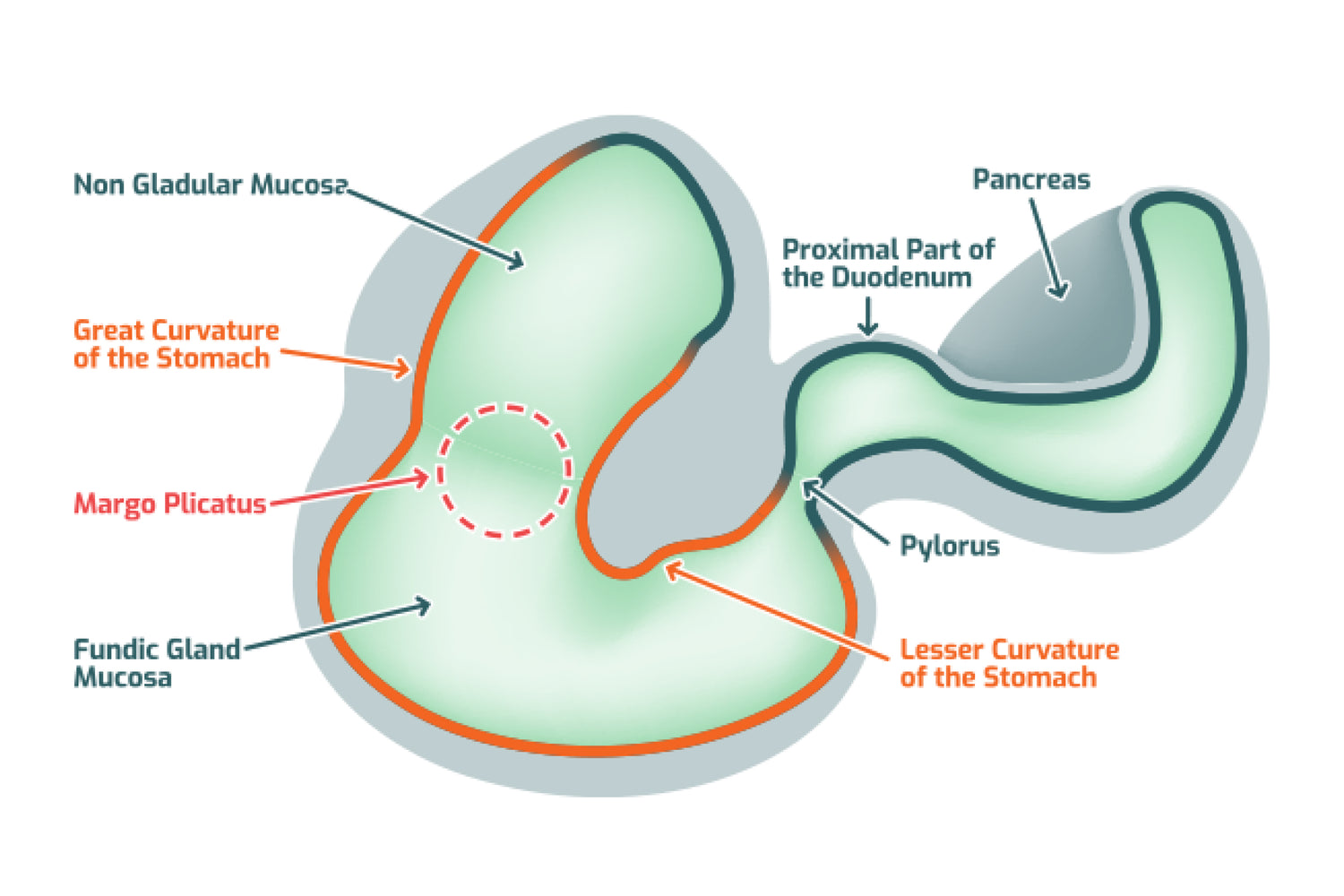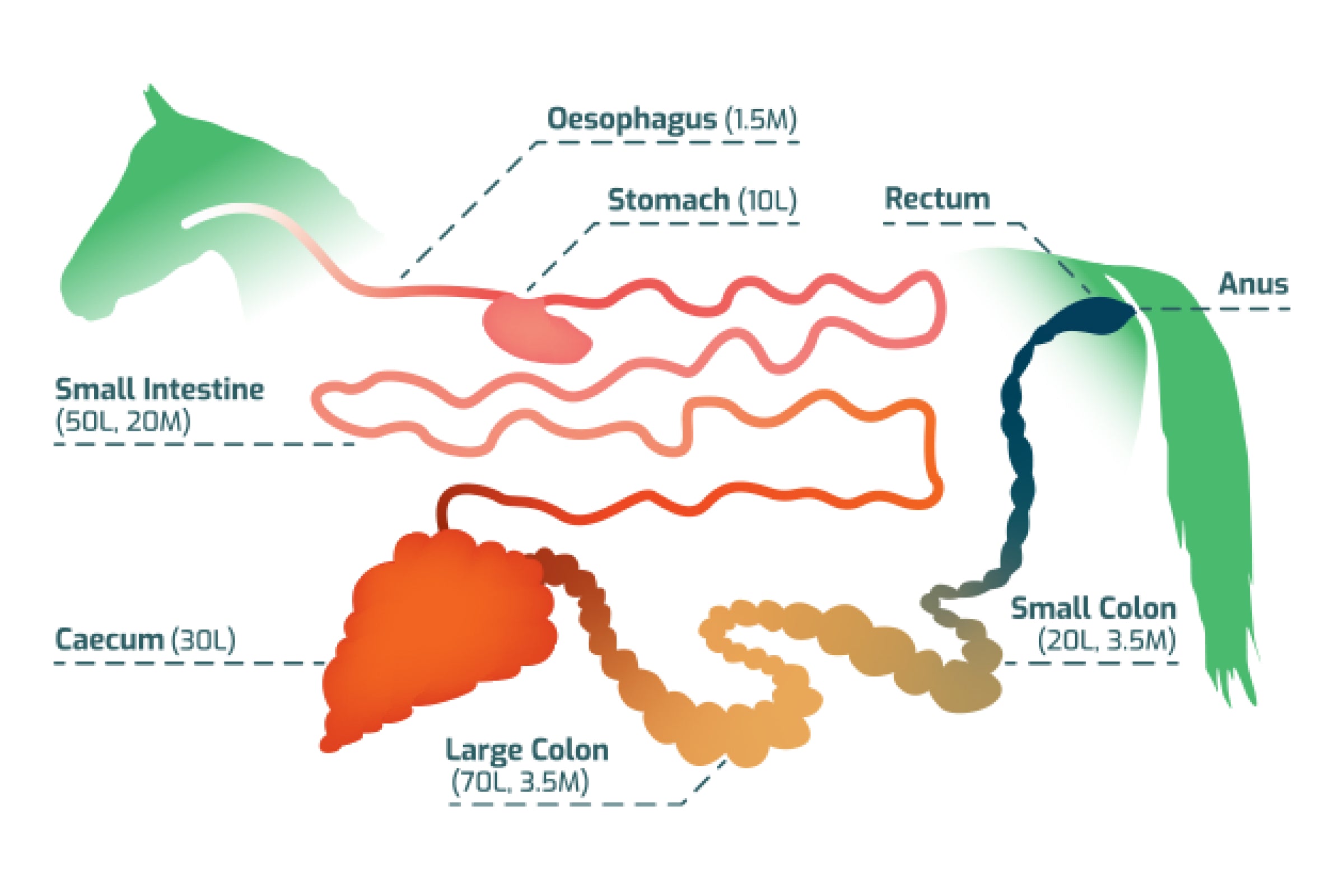EGUS – EQUINE GASTRIC ULCER SYNDROME IS DIAGNOSED AS EITHER:
ESGD – Equine Squamous Gastric Disease
EGGD – Equine Glandular Gastric Disease
Equine Squamous Gastric Disease (ESGD)
- Affects the upper, non-glandular or squamous region of the stomach
- Measured on a scale of 1-4
- Occur in response to risk factors inherent in domestication and intensive management
- Result of prolonged exposure to the normal hydrochloric acid in the stomach
- Can be secondary to EGGD
- Only identified via endoscopy
|
Risk Factors
|
Ongoing Management
|
Equine Glandular Gastric Disease (EGGD)
- Affects the lower, glandular or pyloric region of the stomach
- Measured on a scale of 1-4
- Cause is more complex than ESGD
- Can be the result of a breakdown of protective factors, primarily Mucas
- Usually slower to heal and can require prolonged/multiple treatments
- Only identified via endoscopy
|
Risk Factors
|
Ongoing Management
|



